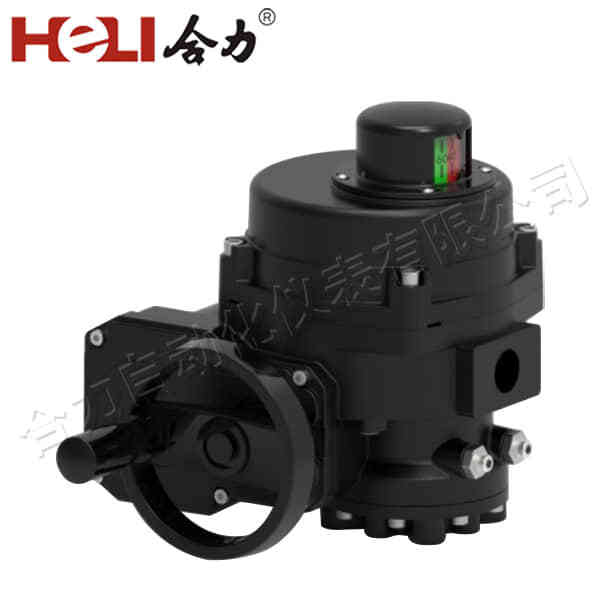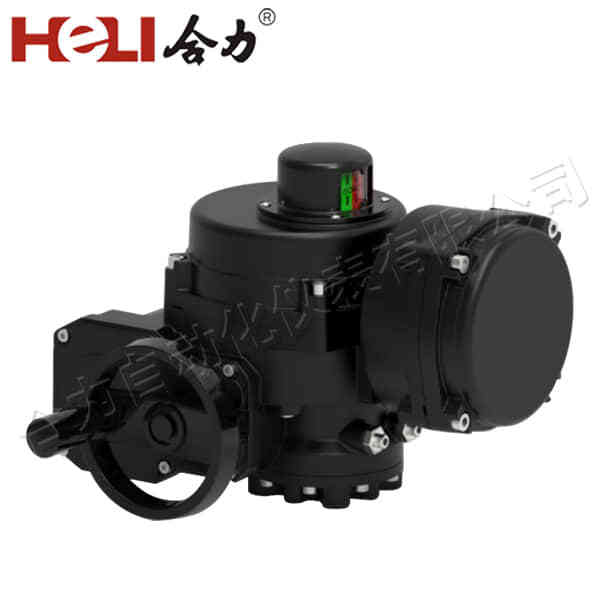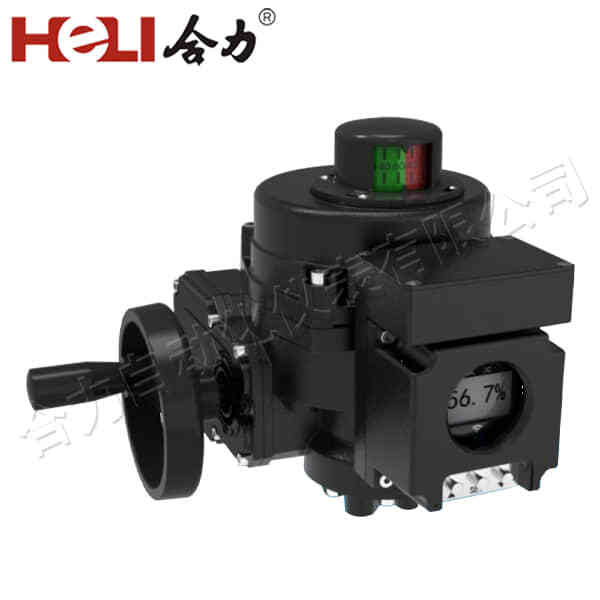

At its core, an electric actuator is designed to open or close a valve or regulate its position based on control signals. These control signals typically come from a supervisory control and data acquisition (SCADA) system, programmable logic controller (PLC), or human-machine interface (HMI). The electric actuator contains an electric motor, which is responsible for driving the actuator mechanism. The mechanism, often comprising gears and linkages, translates the rotational movement of the motor into linear or rotational motion to operate the valve.
Electric actuators are especially vlued for their ability to provide precise control over the valve position, thereby regulating flow rates and pressures within a system. By adjusting the valve opening accurately, operators can optimize process conditions, increase efficiency, and reduce energy consumption.

a Electric actuators for valves play a crucial role in various industries, streamlining processes and enhancing operational efficiency. These devices convert electrical energy into mechanical motion, enabling the automated control of valve positions in piping systems. This article delves into the functionality, types, advantages, and applications of electric actuators for valves, highlighting their importance in modern industrial processes.
Functionality of Electric Actuators